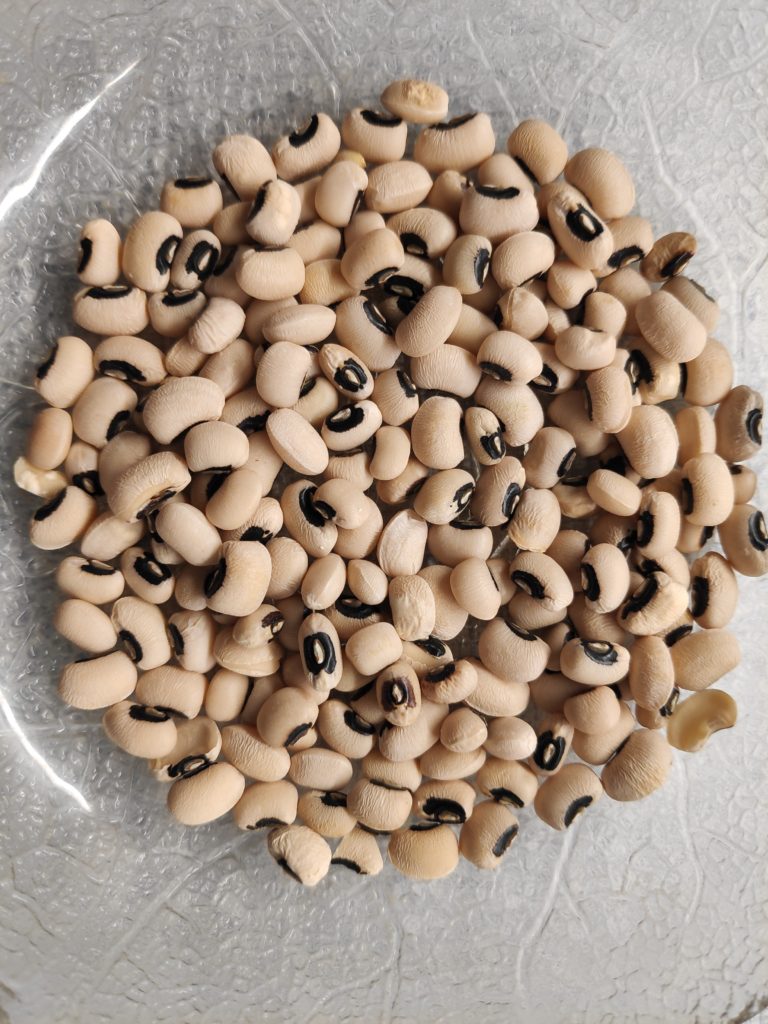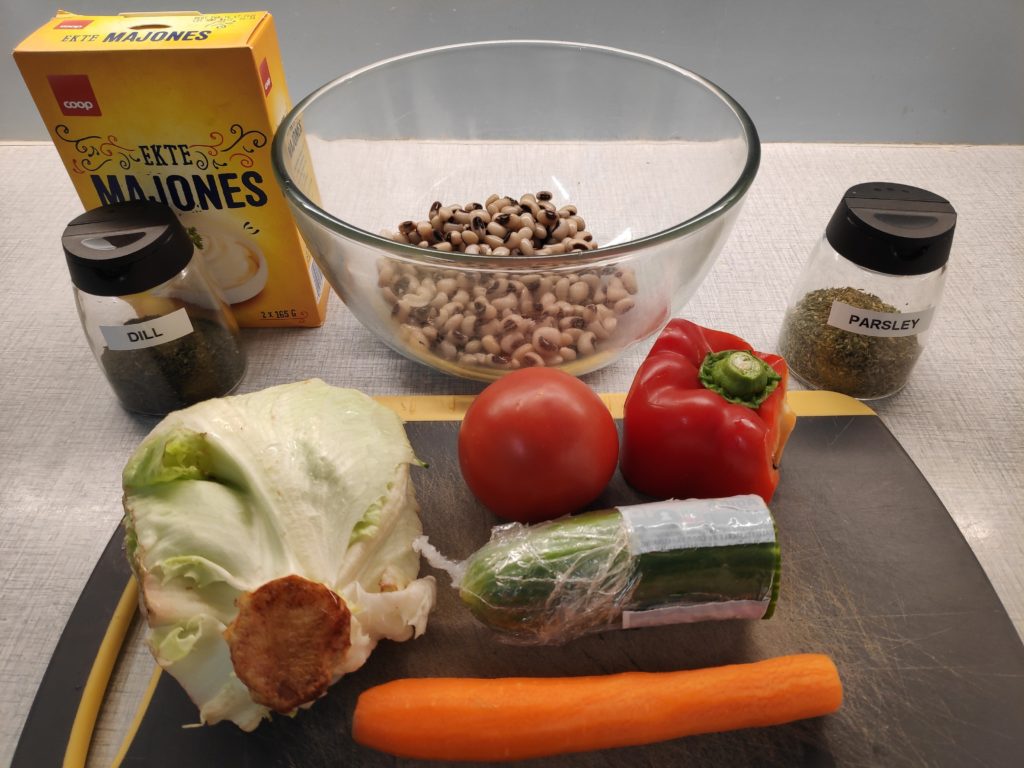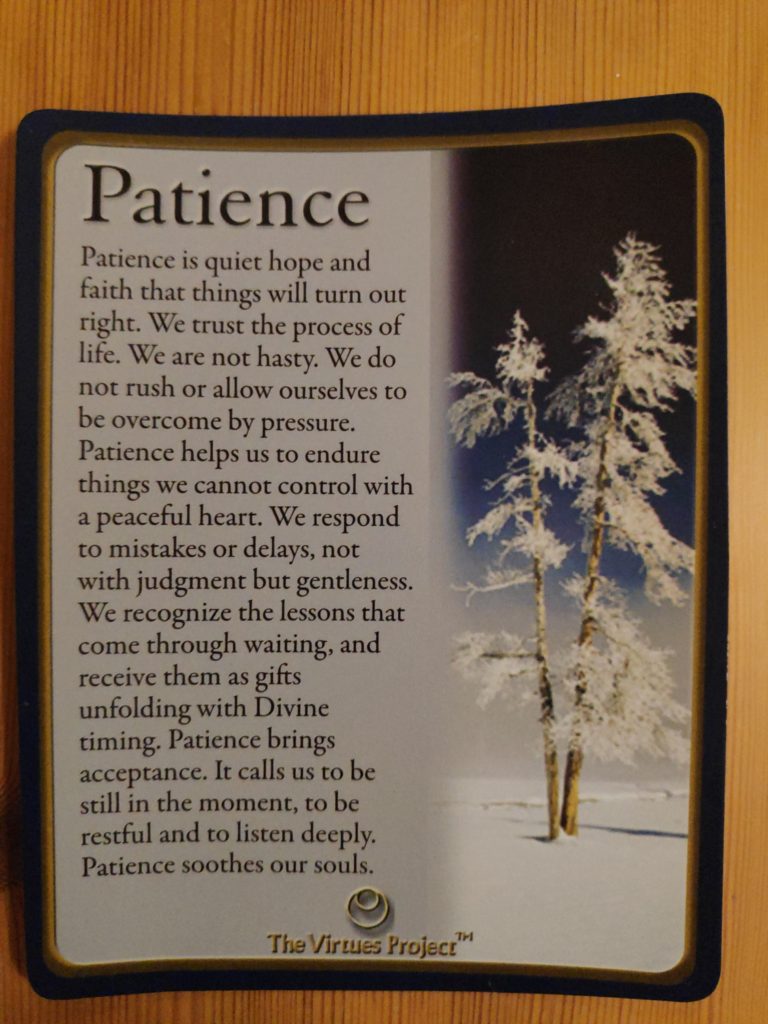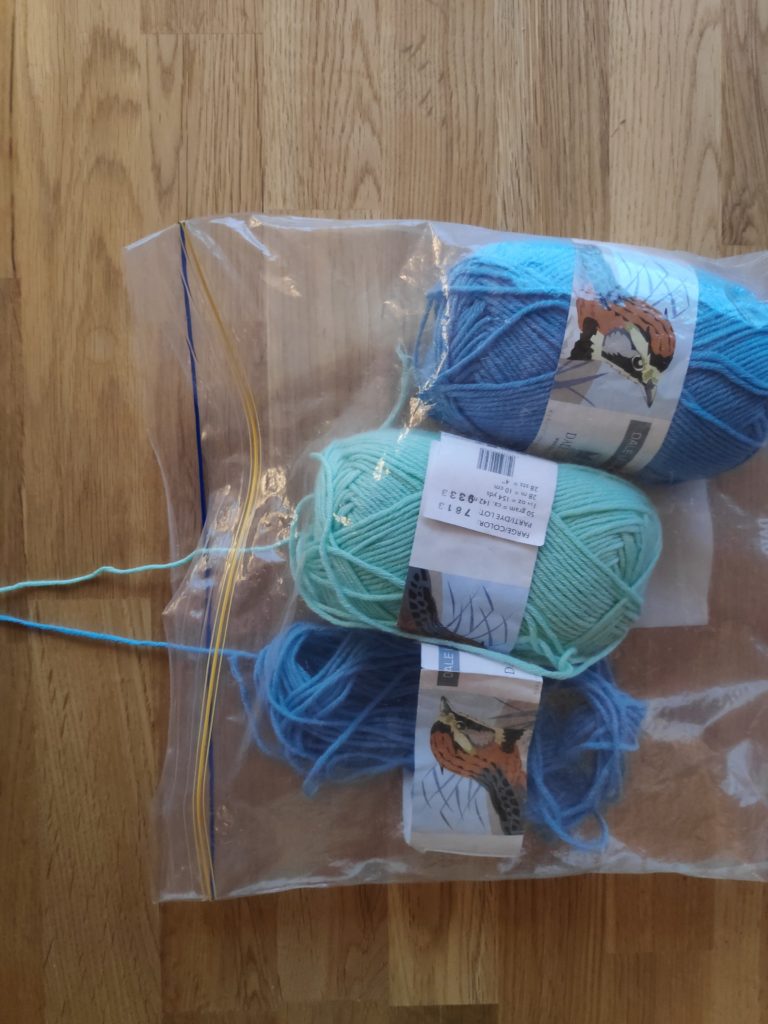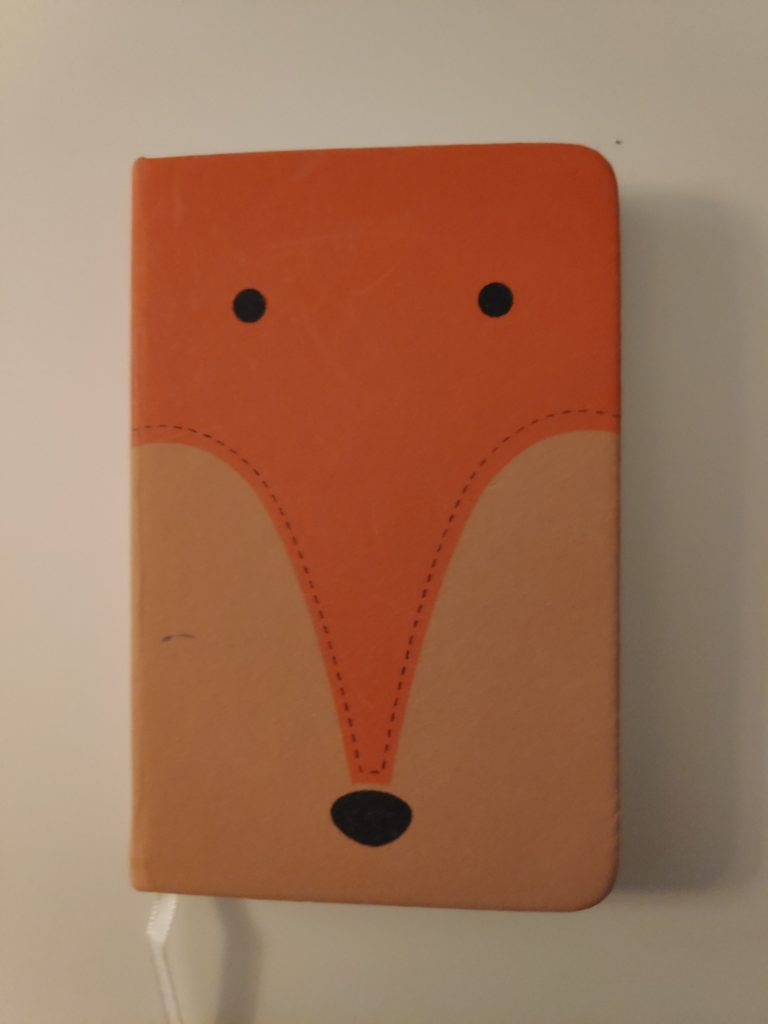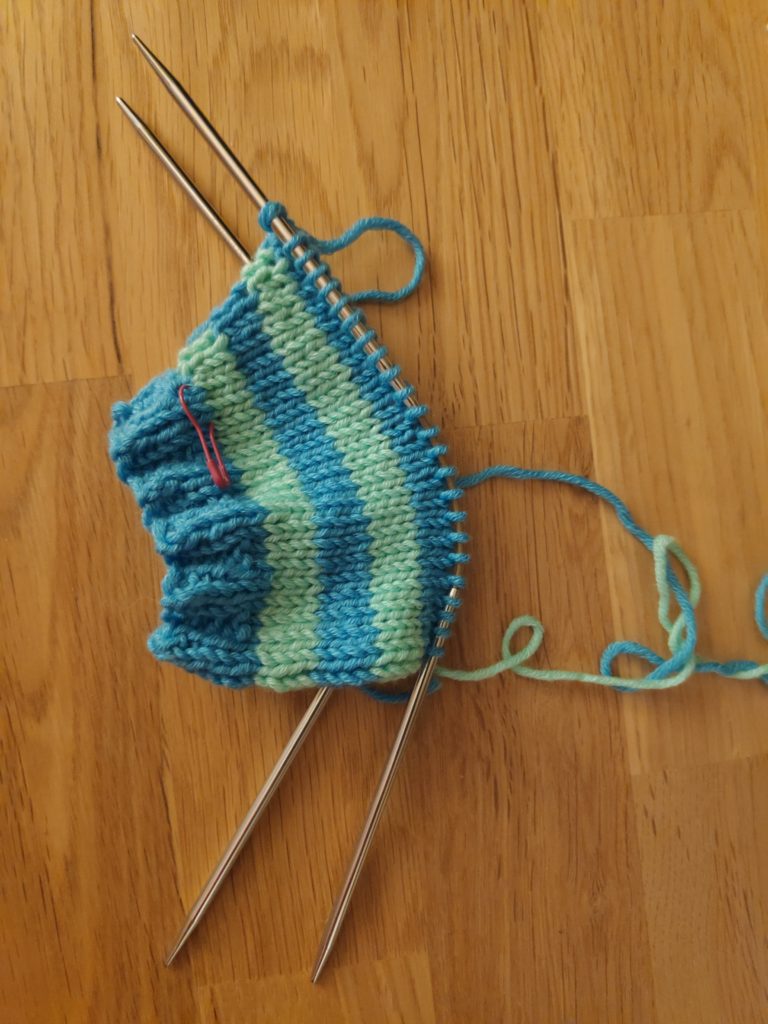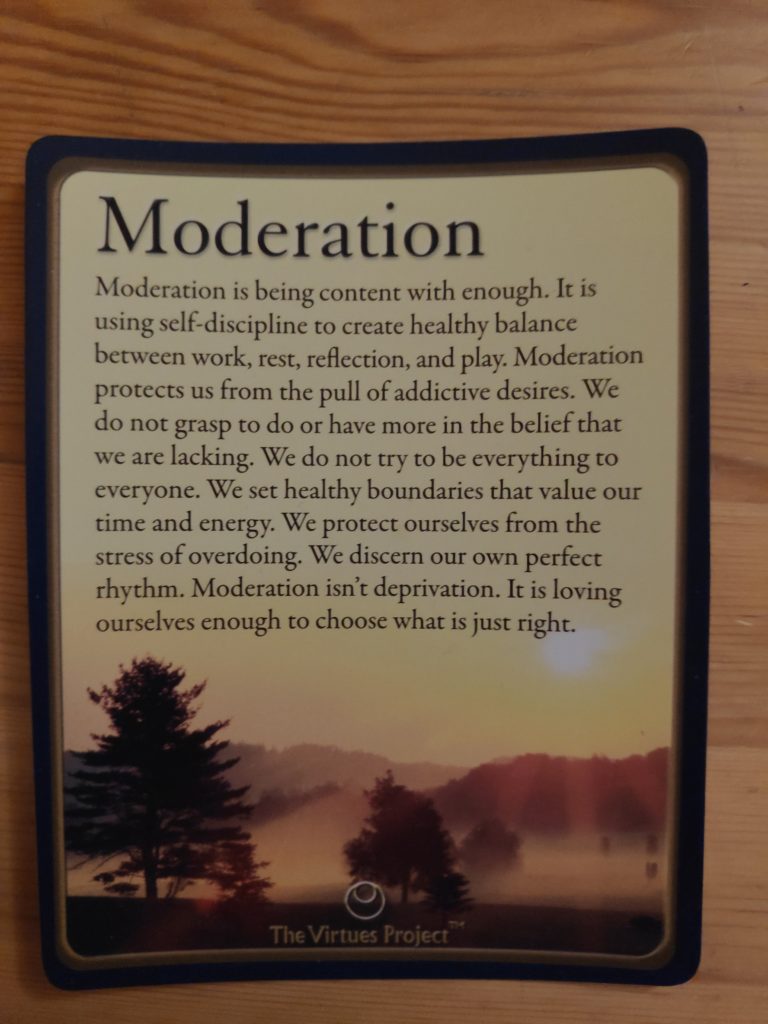“Character cannot be developed in ease and quiet. Only through the experience of trial and suffering can the soul be strengthened, vision cleared, ambition inspired, and success achieved.” Helen Keller
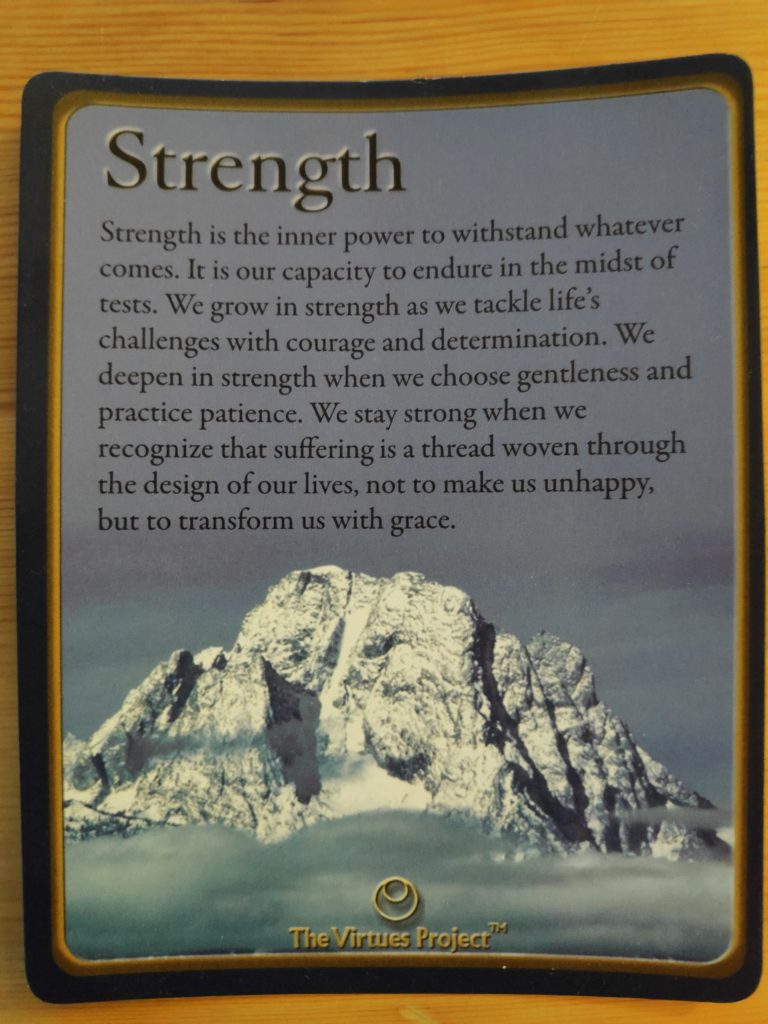
We all use strength when we carry on in spite of our difficulties. Some difficulties are hard to overcome, others actually just need determination and perseverance to get to where one wants to be. I find that many of the virtues work together in our daily lives and it can be difficult to distinguish which one is the most important in any situation.
Let me give a personal example. Several years ago I decided that I wanted to go down in weight, not a lot, but perhaps three kilograms would be better for my health. To help me persevere with my decision, I decided to weigh myself every morning, before breakfast, and write it down. Keeping a daily record helps with perseverance with this particular goal.
Along the way, I found that I was unable to actually go down much in weight and keep it off, so I changed my goal. After all, when I thought about the situation, what was most critical was to not go up in weight. Changing my goal gave me the strength to continue with my project. If I ever get back up to my highest weight, I then have the strength and determination to restrict what I eat that day.
This week I want to practice strength, patience, perseverance and determination to reduce my weight in the next month by half a kilogram. These four virtues work hand in hand and cannot be separated in this project. I need the patience with myself if things don’t go right. I need determination to have a goal and work towards it over several weeks. I need strength to resist temptation and to plan meals and activities that will help me attain my goal. I need perseverance to keep going even if things aren’t going as easily as I had hoped.
“Strength is the inner power to withstand whatever comes. It is our capacity to endure in the midst of tests. We grow in strength as we tackle life’s challenges with courage and determination. We deepen in strength when we choose gentleness and practice patience. We stay strong when we recognize that suffering is a thread woven through the design of our lives, not to make us unhappy, but to transform us with grace.”
To practice Strength, I
- have the power to endure my tests
- willingly face the challenges of my life
- have the courage to persevere
- cultivate gentleness and patience
- understand the purpose of suffering
- trust the value of transformation.

